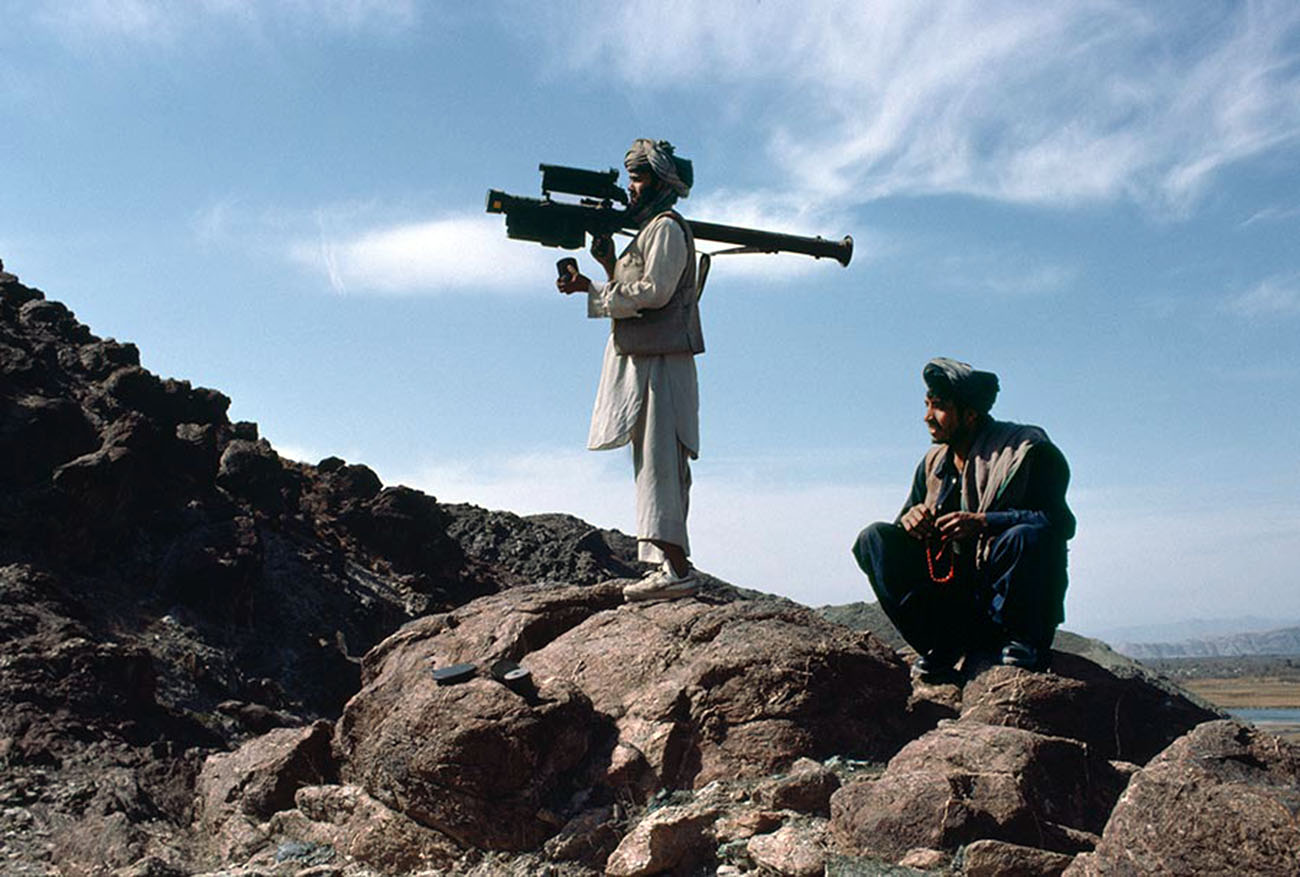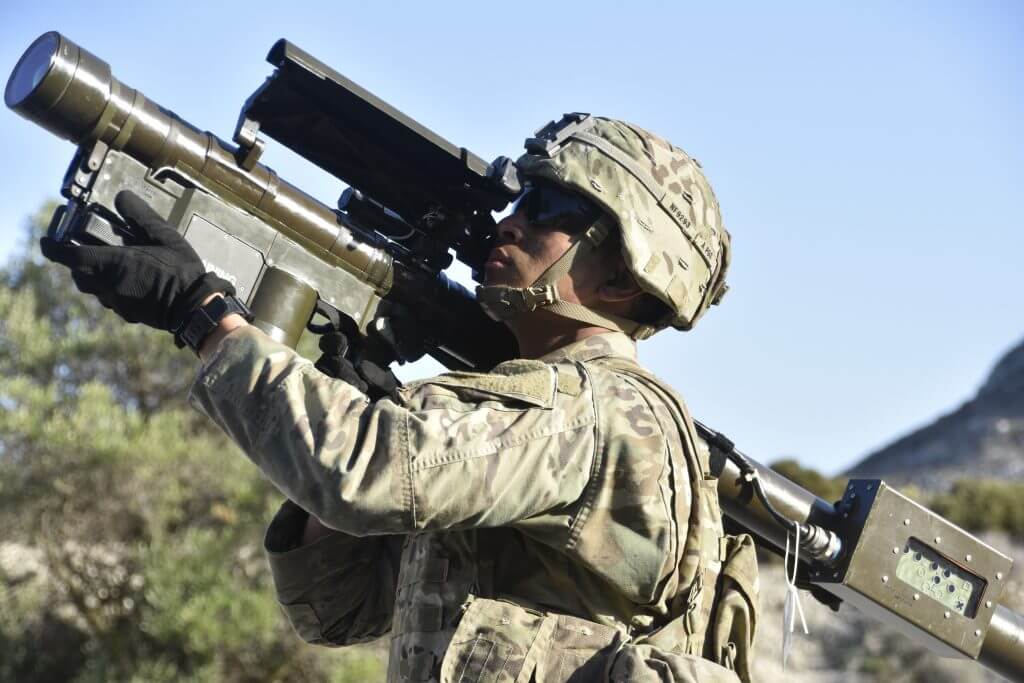Last month, more than 35 years since Afghanistan’s Mujahideen fired an American-made Stinger missile that brought down a Soviet Mi-24 (Hind) helicopter, an event that arguably marked the beginning of the military defeat of the Red Army, the Ukrainian military downed a Russian Hind using a Stinger, symbolising Ukraine’s enduring resistance against Russia’s invasion.
#stoprussia
— Defence of Ukraine (@DefenceU) March 5, 2022
⚔️ Так гинуть російські окупанти. Цього разу у вертольоті!
Слава Україні та її захисникам! Разом до перемоги! 🇺🇦@GeneralStaffUA pic.twitter.com/raFOepF06P
The Russian military, while inflicting considerable damage on Ukrainian cities, has failed to outmanoeuvre the Ukrainian resistance, which includes military and civilian forces. Moscow has also been unsuccessful in achieving several of its strategic objectives, including taking control of the capital, Kyiv. The stiff resistance coupled with military failures has led Moscow to shift its focus to Eastern Ukraine.
One of Russia’s biggest strategic shortcomings in Ukraine has been the inability of its air force to establish supremacy over Ukrainian skies, despite vastly outnumbering Kyiv in terms of total aircraft. Establishing air supremacy is crucial for any military campaign to succeed, as it renders the opposing force incapable of mounting air and missile threats. In fact, one of the major reasons for Russian successes in Chechnya and Syria was because of its air force’s ability to exert total air dominance.
Video of Ukrainian soldiers firing MANPAD missiles at Russian helicopters attacking the city of Hostomel near Kyiv.
— Visegrád 24 (@visegrad24) February 24, 2022
Poland and the Baltic states have delivered large quantities of Stinger and Grom MANPADS to Ukraine in recent weeks.
🇺🇦🇵🇱🇪🇪🇱🇹🇱🇻 pic.twitter.com/g0S7T1tn2J
In Ukraine, however, despite bombing Ukrainian air force bases and anti-aircraft systems, Russia has not been able to emulate a similar strategy. Reports have attributed this failure to the Ukrainian military’s ability to sustain its defence against the Russian air assault. In this respect, the US-made FIM-92 Stinger missiles have, to a large extent, enabled Kyiv to severely dent Moscow’s aerial prowess.
Anton Gerashchenko (an official in the Interior Ministry) claims that a Russian plane was shot down using a stinger missile near Kherson.
— Michael A. Horowitz (@michaelh992) March 8, 2022
He published this video (likely not his) pic.twitter.com/Z8jSjFY7hX
According to an estimate of aerial losses in the ongoing conflict by Oryx Blog, Russia has thus far lost 74 aircraft, comprising 19 combat aircraft, 32 helicopters, 22 drones, and one transport plane. Given that Ukraine is not in possession of any major air defence system such as the US Patriot or Russian S-400, the Stinger missiles can be credited for a huge chunk of Russian aircraft losses. In fact, experts have suggested that the weapon has significantly boosted Ukraine’s ability to prevent Russia from achieving air supremacy and several reports and Ukrainian officials have claimed that the Stingers have brought down several aircraft, including the advanced Su-34 fighter jets. Numerous videos and images doing the rounds on social media have offered further evidence of the Stinger’s impact on Russian aerial losses.
Stingers fall under the category of a class of weapons systems called Man-Portable Air Defence System (MANPADS), which, as the name suggests, can be transported and operated by a human, as it weighs about 20 kilogrammes and is around 1.8 metres long. Apart from being lightweight, the system is also relatively easier to use compared to regular air defence systems. It requires very little training, as it is based on a “fire and forget” system, and can be used in multiple ways, including firing from the shoulder, mounting atop armoured vehicles, and launching from helicopters. In this respect, the Russian Air Force has found it incredibly difficult to track down and target the systems, given that these weapons can be easily transported and are hard to detect.

Moreover, several reports have indicated that Russia is facing a shortage of precision-guided missiles, used by jets to accurately bomb targets from very high altitudes, forcing its combat aircraft to fly low. This puts jets within the range of the Stinger, which is more effective at shorter distances. Additionally, helicopters usually fly low to support ground troops and can remain stationary for long periods, making them extremely vulnerable to Stinger attacks, and visual evidence collected by Oryx confirms that a lot of Russian helicopter losses were caused by Stingers.
As a result of the efficacy of the Stingers, Washington has said that Ukraine needs MANPADS more than it needs fighter jets and has announced that it will be shipping additional supplies of the invaluable missiles to Ukraine. The US has also allowed other users of Stinger missiles, including Germany, Italy, and Lithuania to provide Ukraine with the missiles. Kyiv has grown increasingly convinced by the Stinger’s successes and has even asked Washington to supply 500 Stinger units per day.
NEW: U.S. is prioritizing deliveries of Stinger anti-air missiles, Javelin anti-tank missiles, and body armor to Ukraine: senior U.S. defense official
— Jack Detsch (@JackDetsch) March 23, 2022
Russia has not threatened U.S. ground routes to deliver military aid to Ukraine a month into the conflict, the official said.
The game-changing ability of the Stinger missile has been documented in past wars as well. In fact, the weapon was used to deadly effect by the Afghan Mujahideen against invading Soviet troops during the second half of the 1980s. The US’ decision to supply the Mujahideen with Stingers in 1986 to mount a resistance against its Cold War rival dramatically altered the war in favour of the Afghan rebels and culminated in the Soviet Union failing to achieve its objectives in Afghanistan. According to one estimate, Afghan fighters used Stingers to shoot down 269 aircraft out of 340 engagements, a 79% success rate. Given that a low-cost weapon system was able to create a nightmare for the mighty Soviet air force, Ukraine could definitely take a note or two from history.
Ultimately, through successes in Afghanistan and Ukraine, the Stingers have proved that smaller armed forces can mount a significant challenge to larger militaries. They have also demonstrated that low-cost weapons, if handled correctly, can help level the playing field by destroying military equipment worth billions of dollars.

